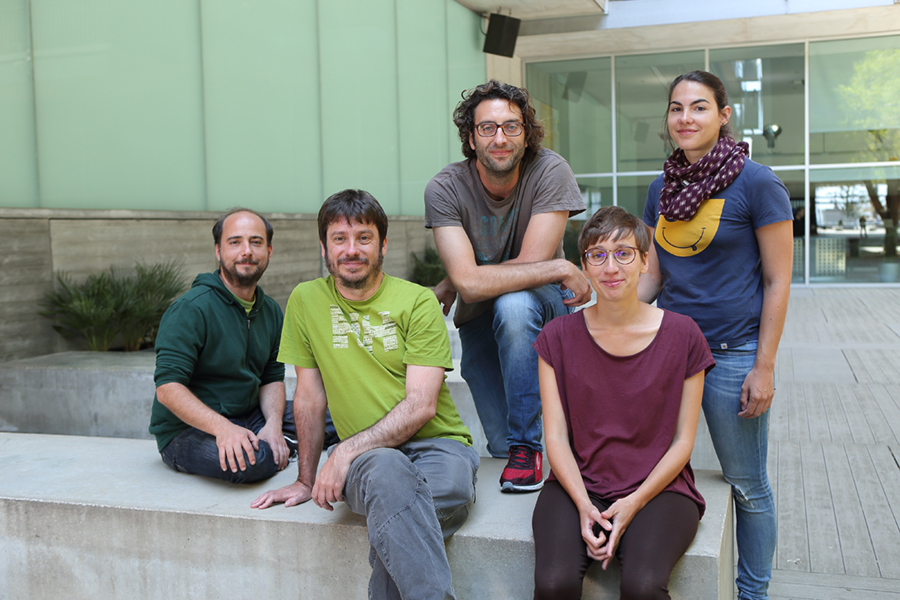GROUP LEADER:
Jérôme Solon
PhD STUDENTS:
David Peran Hayes (until August), Angughali Sumi (until August)
POSTDOCTORAL FELLOWS:
Petra Stockinger (dual affiliation with the group of Manuel Mendoza, until June), Juan Jose Fraire Zamora, Thomas Pujol, Alba Granados, Amelie Godeau (since March)
LAB TECHNICIAN:
Arturo D’Angelo
